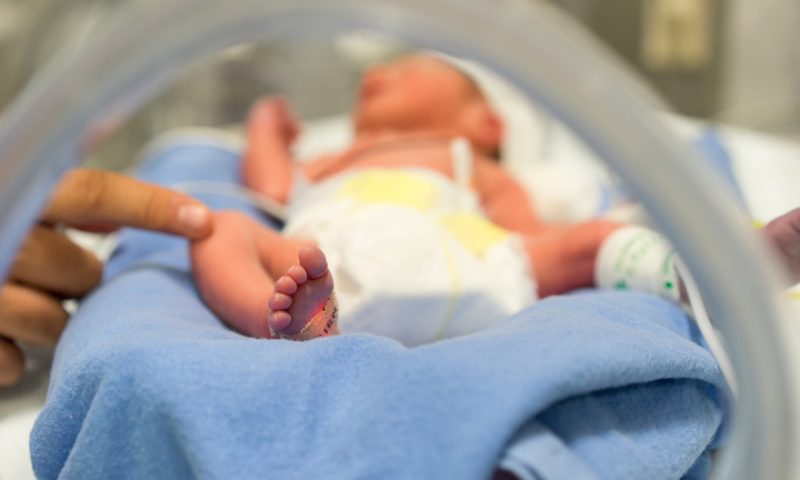After receiving clearance from the FDA in early May, Medtronic is now beginning the nationwide rollout of its dialysis machine designed for infants and newborns suffering from acute kidney failure.
The Carpediem hemodialysis system has previously been installed and used at Cincinnati Children’s Hospital Medical Center since July for children weighing between 5.5 and 22 pounds or 2.5 to 10 kilograms.
The emergency device provides continuous renal replacement therapy, or CRRT, for critically ill patients that need supplemental blood filtering outside of the body, as well as those who are overloaded with fluids due to malfunctioning kidneys.
According to Medtronic, fluid overload is commonly seen in neonates and children following heart surgery, and mortality rates due to acute kidney injury can reach as high as 60%.
“CRRT procedures performed for critically ill infants using previously available technology are not optimal largely because dialysis machines available in the U.S. are not designed to treat these small, fragile patients and can potentially expose them to many risks,” said Stuart Goldstein, professor of pediatrics and director of nephrology at Cincinnati Children’s Center for Acute Care.
“This new system is designed specifically for these patients which enables increased precision of neonatal CRRT treatment and, potentially, reduces these risks,” Goldstein said. “We are grateful to be the first site in the U.S. with this technology to help the children in our care.”
Medtronic picked up the Carpediem system through its 2016 acquisition of Bellco; the device has been available in Europe since 2012. Previous systems on the market were intended for people weighing at least 44 lbs, or 20 kgs, and have not been accurate or gentle enough for smaller patients.
“For the first time, some of the tiniest and most vulnerable patients can be treated with technology designed specifically for them,” said Ven Manda, Medtronic’s president of renal care solutions. “At Medtronic, we strive to provide a portfolio of renal care solutions that improve outcomes, access to care, and quality of life for patients affected by severe renal injury or disease globally—no matter their size or age.”

